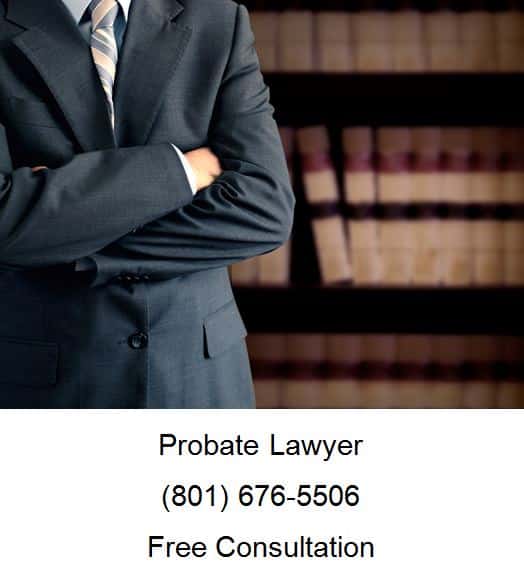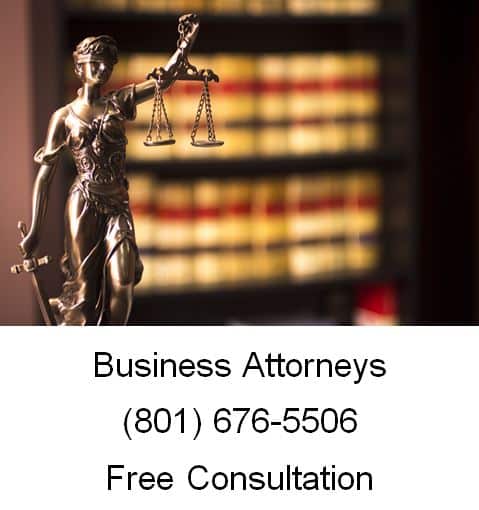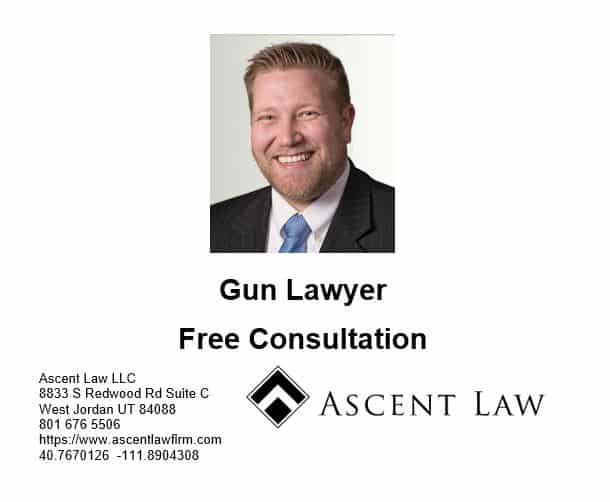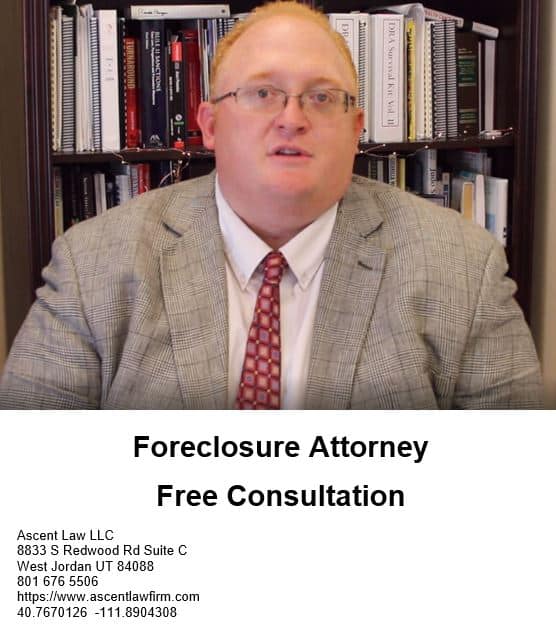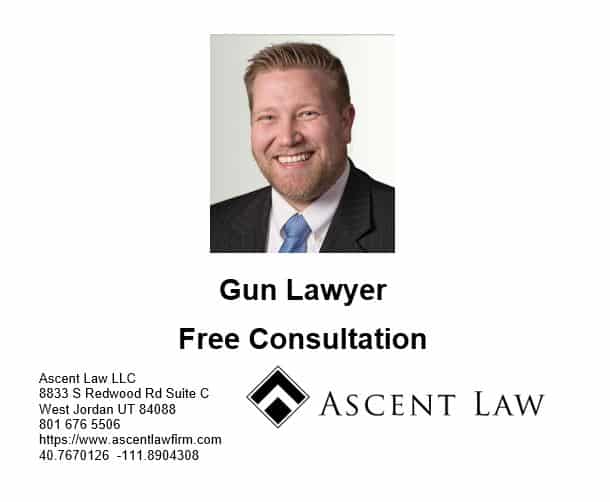
This Legislation regulated interstate and foreign commerce in firearms, including importation, “prohibited persons”, and licensing provisions. After the assassinations of President John Kennedy, Attorney General Robert Kennedy and Dr. Martin Luther King, Jr., the Gun Control Act is passed and imposes stricter licensing and regulation on the firearms industry, establishes new categories of firearms offenses, and prohibits the sale of firearms and ammunition to felons and certain other prohibited persons. It also imposes the first Federal jurisdiction over “destructive devices,” including bombs, mines, grenades and other similar devices. Congress reorganizes ATU into the Alcohol and Tobacco Tax Division (ATTD) and delegates to them the enforcement of the Gun Control Act. “Forget the democratic processes, the judicial system and the talent for organization that have long been the distinctive marks of the U.S. Forget, too, the affluence (vast, if still not general enough) and the fundamental respect for law by most Americans. From the nation’s beginnings, in fact and fiction, the gun has been provider and protector.” Though the 1968 law was a victory of sorts for gun-control activists, many were disappointed it didn’t include a registry of firearms or federal licensing requirements for gun owners. TIME reported, “It may take another act of horror to push really effective gun curbs through Congress.” Those dynamics the disappointment of gun-control activists, particularly after moments of tragedy, running up against the very real place of guns in American society may sound familiar.
What are the most important things the law changed?
It banned interstate shipments of firearms and ammunition to private individuals [and] sales of guns to minors, drug addicts and “mental incompetents.” This is the first time you have in law that mentally unbalanced people ought not to be able to get gun also convicted felons. It also strengthened the licensing and record-keeping requirements for gun dealers, and that was significant because gun dealers were subject to virtually no systematic scrutiny up until this time, although a 1938 federal law did establish a fee they paid to government to be a licensed dealer. It banned importation of foreign-made surplus firearms, except those The President of the NRA, who had testified before Congress about the bill had said [paraphrasing], ‘We’re not thrilled with this, but we can live with it. I think it’s reasonable.’ The fact that he would concede there’s any such thing as a reasonable gun control legislation that represented the prevailing point of view of NRA leadership at the time, from 1968 to the late 1970s. Portions of the ’68 law were modified by a law passed by Congress in 1986, the Firearms Owners Protections Act, which sought to repeal even more of the law. It didn’t succeed, but the 1986 law does repeal or modify or blunt some of the aspects of the ’68 law. [It does that] by amending the ’68 law to allow for the interstate sale of rifles and shotguns as long as it was legal in the states of the buyer and seller, eliminating certain record-keeping requirements for ammunition dealers, and making it easier for individuals selling guns to do so without a license. The 1986 federal law was the culmination of the effort to try to roll back the 1968 law. The gun issue hadn’t been politicized in the ’60s the way it has been in the last few decades, where it has become even more angry and strident; 1968 was a year of political assassinations that shocked the nation. One of the great myths is the idea that gun-control laws are an artefact of the modern era, the 20th century. Gun laws are as old as America, literally to the very early colonial beginnings of the nation. From the beginning of the late 1600s to the end of the 1800s, gun laws were everywhere, thousands of gun laws of every imaginable variety. You find virtually every state in the union enacting laws that bar people from carrying concealed weapons. That’s something people don’t realize. The GCA is the main federal law that governs the interstate commerce of firearms in the United States. Specifically, the GCA prohibits firearms commerce across state lines except between licensed manufacturers, dealers, and importers. Under the GCA, any individual or company that wants to partake in commercial activity dealing with the manufacture or importation of firearms and ammunition or the interstate and intrastate sale of firearms must possess a Federal Firearms License (FFL). Procedural jargon notwithstanding, the enactment of 1968 GCA was a watershed moment in US politics. It was the first piece of legislation that put the gun control debate on the map.
Political Context of the GCA
It should be noted that the GCA was not the first piece of gun control passed at the federal level. In 1934, President Franklin Delano Roosevelt signed the National Firearms Act of 1934 into law. The first comprehensive gun law at the federal level, the NFA taxed and mandated registration of certain firearms such as machine guns, sawed-off rifles, and sawed-off shotguns. This law was passed under the pretext of addressing mob-style violence during Prohibition, but a careful review of the New Deal era shows how the NFA was just another piece of FDR’s unprecedented social engineering program. This NFA was followed up by the Federal Firearms Act of 1938, which created a precursor to the 1968 GCA’s FFL system. Despite the government’s encroachments on gun rights, the federal government stayed away from further regulation for the next three decades. The passage of the GCA wasn’t without its fair share of opposition. Groups like the National Rifle Association, which traditionally focused on conservation and outdoor niches, were compelled to take nominally pro-gun stances. However, the NRA wasn’t alone. Groups like Gun Owners of America came into the spotlight, positioning themselves as a “no compromise” alternative to NRA. By the early 1980s, pro-gun lobbies would become pivotal actors in the never-ending circus of DC politics.
deas are Still Key
As the days go by, gun rights appear to be gradually falling down the path of statist micromanagement. But there’s something more fundamental to this trend than the cliché aphorism of eternal vigilance and conventional strategies of political activism. It really comes down to the battle of ideas. The GCA is a child of the New Deal and Great Society mindset that views the government as an omnipotent administrator of human affairs. A paradigm shift in ideas is needed to break free from this top-down vision of society. Until then, gun lobbies face an uphill battle. A solid first step is for gun owners to recognize that infringements like the GCA of 1968 must never be tolerated by anyone who believes in the right to self-defense. After three decades of quiescence in the arena of gun control politics, the turmoil of the 1960s unleashed a wave of demand for new gun control legislation. The assassination of President John F. Kennedy in Dallas on November 22, 1963, prompted the country to focus on the regulation of firearms. Then the urban riots beginning in 1964 and the 1968 assassinations of Reverend Martin Luther King, Jr. and Senator Robert F. Kennedy fueled an inferno of outrage that demanded congressional action. In the wake of these acts of violence the U.S. Congress enacted the Gun Control Act which President Lyndon B. Johnson signed in 1968. Although the Gun Control Act did not contain the owner licensing and gun registration provisions that President Johnson desired, the act, along with the Safe Streets and Crime Control Act passed by Congress months earlier, contained the most significant restrictions on firearms since Congress enacted the National Firearms Act (NFA) in 1934.
THE DEVELOPMENT OF GUN CONTROL LEGISLATION IN THE 1960s
A highly controversial bill that precipitated emotional debate and ferocious political battles, the Gun Control Act travelled quite a convoluted path prior to its ultimate approval by Congress. It started down its torturous road in 1963 when Senator Thomas J. Dodd, Democrat of Connecticut, championed legislation geared specifically at tightening restrictions on the sale of mail-order handguns. After President Kennedy was murdered with a military-style rifle obtained through the mail, Senator Dodd extended the reach of the legislation to include “long guns,” including rifles and shotguns. The legislation met an early demise when it was held up in the Commerce Committee and not allowed out for a vote on the Senate floor. Interestingly, the National Rifle Association (NRA) leaders initially supported the measures and even engaged in drafting Dodd’s bill. Yet the NRA leadership did not wish to alienate its more radical rank and file, so they neglected to divulge this to their members. Instead, in a letter to each of its affiliates, the NRA claimed its executive vice-president testified against the bill and prevented it from being voted out of Committee.
The NRA publication The Rifleman criticized the bill as a product of “irrational emotionalism,” and the first four issues of The Rifleman in 1964 dedicated more than thirty columns to firearms legislation, never telling its members of the NRA leadership’s support of the bill. These publications provoked the grass roots members to send off a great number of angry letters opposing the bill to Congress. In 1965 President Johnson aggressively endorsed the cause of fighting crime and regulating firearms by spearheading a new, strict gun control measure that Dodd introduced in the Senate. But the Johnson administration’s proposal suffered a string of defeats over the next three years because of heavy pressure from the NRA, key congressional leaders who supported them, the American Legion, and gun importers, manufacturers, and dealers. Adding to the administration’s difficulties was the lack of an organized pro–gun control lobby to check the relentless onslaughts against the legislation by the NRA. In 1968 President Johnson and his administration intensified their efforts. Johnson began using the bully pulpit of the presidency to chide Congress publicly to enact his gun control policy. In his 1968 State of the Union address, Johnson exhorted Congress to pass a gun control law that would stop “mail order murder.” And months later, President Johnson conveyed to Congress, in no uncertain terms, his desire for crime legislation that required national registration of every gun in America and licenses for all gun owners. Both the House of Representatives and the Senate responded to the president’s admonishment in short order. Congressional representatives carefully, and often vociferously, argued about the provisions of the president’s crime legislation. The measure, titled the Safe Streets and Crime Control Bill, received stiff resistance from gun control opponents.
NRA OPPOSITION TO THE ACT
By 1968 the leadership of the NRA was fully against any and all gun regulations. The group undertook a mass-mailing lobbying effort to undermine the legislation. Their organized lobbying efforts proved successful in wiping out much of the support for gun licensing and registration restrictions. Congress eventually enacted the Safe Streets and Crime Control Act, a watered-down version of the Johnson administration’s anticrime and gun control proposal. The act prohibited the interstate shipment of pistols and revolvers to individuals, but it specifically exempted rifles and shotguns from any regulations. With the assassination of Robert F. Kennedy on June 5, 1968, the groundswell of support for tough gun control laws reached unprecedented levels. On June 6, the day after the Kennedy assassination, Johnson signed the Safe Streets and Crime Control Act, but lamented the law’s weak provisions. President Johnson, who had proposed gun control measures every year since becoming president, appeared on national television imploring Congress to pass a new and tougher gun control law that banned mail-order and out-of-state sales of long guns and ammunition. Reading a letter he sent to Congress, Johnson pleaded to Congress “in the name of sanity… in the name of safety and in the name of an aroused nation to give America the gun-control law it needs.” On June 24, President Johnson again addressed the country, calling for mandatory national gun registration and licenses for every gun owner. Around this time, polls showed that approximately 80 percent of Americans favoured gun registration laws. The public flooded members of Congress with letters demanding greater regulation of guns. Protestors picketed the Washington headquarters of the NRA. Even many members of Congress who had been staunch adversaries of strict firearms regulation crossed over to the other side and rallied in favour of a tough gun control bill.
ORGANIZED GUN CONTROL EFFORTS
Pro–gun control advocates mobilized and constructed an effective pro–gun control pressure group called the Emergency Committee for Gun Control. The bipartisan organization was headed by Colonel John H. Glenn, Jr., a former astronaut and friend of Senator Robert Kennedy. The Committee, comprising volunteer staffers who had worked for Senator Kennedy before he was assassinated, received extensive support from a variety of organizations such as the American Bankers Association, the AFL-CIO, the Conference of Mayors, the International Association of Chiefs of Police, the National Association of Attorneys General, the American Civil Liberties Union, and the U.S. Chamber of Commerce. Riding a wave of support, the Committee sought to counteract the highly organized and resource-laden NRA. Their efforts proved somewhat effective, but ultimately fell short of the group’s goal of a comprehensive scheme of gun registration and gun owner licensing. Facing this unprecedented, widespread push for gun control, the NRA became highly energized and rallied against the president’s proposed regulations. National Rifle Association executive vice-president Franklin L. Orth argued publicly that no law, existing or proposed, could have prevented the murder of Senator Kennedy. On June 15, 1968, the NRA mailed a letter to its members calling for them to write their members of Congress to oppose any new firearms laws. Using hyperbole and emotionally charged rhetoric, NRA President Harold W. Glassen wrote that the right of sportsmen to obtain, own, and use firearms for a legal purpose was in grave jeopardy. Furthermore, Glassen wrote, the clear goal of gun control proponents was complete abolition of civilian ownership of guns. Senator Joseph D. Tydings, Democrat of Maryland, who had introduced the provisions requiring licensing of gun owners and registration of firearms, responded to this accusation in a press conference calling the letter “calculated hysteria” and saying no bill would prevent law-abiding citizens from having guns. Nevertheless, Glassen’s tactic effectively energized the membership of the NRA, then 900,000 strong, just as the public outcry calling for more firearms regulations was dissipating. Whereas Congress had encountered overwhelming support for more gun control measures in the week after Senator Kennedy’s death, by late June and early July they reported the majority of the letters from constituents indicated opposition to any new gun control provisions. The battle over the president’s proposals continued in the halls of Congress in typical fashion, featuring emotionally charged debates and supporters split along specific demographic and ideological lines. In the House, opponents argued against a registration provision claiming it would be costly and ineffective in preventing crime. In the Senate, Dodd attacked the NRA, decrying its tactics of “blackmail, intimidation and unscrupulous propaganda.” The licensing and registration provisions, backed solidly by northern liberals, were easily defeated in both the House of Representatives and Senate by a conservative coalition of Republicans and southern Democrats. However, the provisions banning mail-order and out-of-state sales of long guns and ammunition fared better, passing both the House and Senate. Eastern and Midwestern members of Congress overwhelmingly supported these measures, while those from the South and West were much less supportive. Members of Congress representing urban areas staunchly supported the bill, whereas those from rural sections of the country voted against it in significant numbers.
PROVISIONS OF THE GUN CONTROL ACT
On October 22, President Johnson signed into law the Gun Control Act of 1968—an instrument which, just months earlier, was considered a lost cause because of staunch opposition. The signing of the legislation represented a significant political win for the president, Senator Dodd, and other gun control advocates who had struggled for years to pass a gun control bill that would effect real change. Enacted pursuant to the Congress’s constitutional authority to regulate interstate commerce, the legislation had three major features. First, it prohibited interstate traffic in firearms and ammunition. Second, it denied guns to specific classes of individuals such as felons, minors, fugitives, drug addicts, and the mentally ill. Third, it prohibited the importation of surplus military weapons into the United States as well as guns and ammunition not federally certified as sporting weapons or souvenirs. As is usually the case in American politics, the statute did not signify a complete victory for either side. Advocates of gun control failed to get provisions requiring owner licensing and firearms registration, yet gun control opponents, typically NRA members, suffered another setback to their goal of removing governmental regulation of firearms. This partial defeat for the NRA served as the group’s wake-up call, energizing and expanding the membership of the NRA who suddenly felt politically vulnerable. Yet unlike the NRA, the pro–gun control advocates were not organized for long-term pressure politics, and their political influence began to wane. Thus in 1986 the NRA successfully weakened the provisions of the 1968 act by spearheading the passage of the Firearms Owners Protection Act.
Utah Gun Lawyer Free Consultation
When you need legal help from a Gun Attorney in Utah, please call Ascent Law LLC for your free consultation (801) 676-5506. We want to help you.
8833 S. Redwood Road, Suite C
West Jordan, Utah
84088 United States
Telephone: (801) 676-5506
Recent Posts
Will A Chapter 13 Plan Look Better On My Credit Report Than Chapter 7?
Source: https://www.ascentlawfirm.com/gun-control-act-of-1968/

